Resonance achieved, at least on the workbench....
OK, back to the project at hand.
Did I mention I was going to need more capacitance on the secondary? Try a LOT more capacitance. I disconnected the existing capacitors from the two terminal blocks across the L2 coil and measured L2 with my LC meter. It gave 2.7 uH, so I computed around 37 nF of capacitance to resonate at 500 KHz. I have some 10 nF film caps on hand, so I started attaching them across the two terminal blocks and measuring the resonant frequency with the function generator and scope as previously described. Apparently the true inductance of L2 wound this way is less than 2.7 uH, because it took 60 nF to bring the resonant frequency down to 511 KHz.
Then I removed the function generator and powered up the ZVS, leaving the scope probe attached across L2. Tuning the C2 cap anywhere close to 500 KHz gives a similar scope trace on the screen, apparently L1 and L2 are coupled closer than critical coupling. They are definitely resonating together, as you can tell by the envelope on the scope trace. It takes about one full cycle to transfer most of the energy from L1 to L2 and then it rings down from the peak, although there is some sloshing back and forth of the energy between the two resonant circuits. This is basically exactly what you observe in a classical step-up Tesla coil, except that here the coupling is tighter than a typical Tesla coil. For those not as familiar with Tesla coils, google "first notch quench" and read the articles on some of the Tesla coil websites. This is a dual-resonant circuit very much like a classical "Tesla coil" except being used here in a step-down mode.
OK, back to the project at hand.
Did I mention I was going to need more capacitance on the secondary? Try a LOT more capacitance. I disconnected the existing capacitors from the two terminal blocks across the L2 coil and measured L2 with my LC meter. It gave 2.7 uH, so I computed around 37 nF of capacitance to resonate at 500 KHz. I have some 10 nF film caps on hand, so I started attaching them across the two terminal blocks and measuring the resonant frequency with the function generator and scope as previously described. Apparently the true inductance of L2 wound this way is less than 2.7 uH, because it took 60 nF to bring the resonant frequency down to 511 KHz.
Then I removed the function generator and powered up the ZVS, leaving the scope probe attached across L2. Tuning the C2 cap anywhere close to 500 KHz gives a similar scope trace on the screen, apparently L1 and L2 are coupled closer than critical coupling. They are definitely resonating together, as you can tell by the envelope on the scope trace. It takes about one full cycle to transfer most of the energy from L1 to L2 and then it rings down from the peak, although there is some sloshing back and forth of the energy between the two resonant circuits. This is basically exactly what you observe in a classical step-up Tesla coil, except that here the coupling is tighter than a typical Tesla coil. For those not as familiar with Tesla coils, google "first notch quench" and read the articles on some of the Tesla coil websites. This is a dual-resonant circuit very much like a classical "Tesla coil" except being used here in a step-down mode.
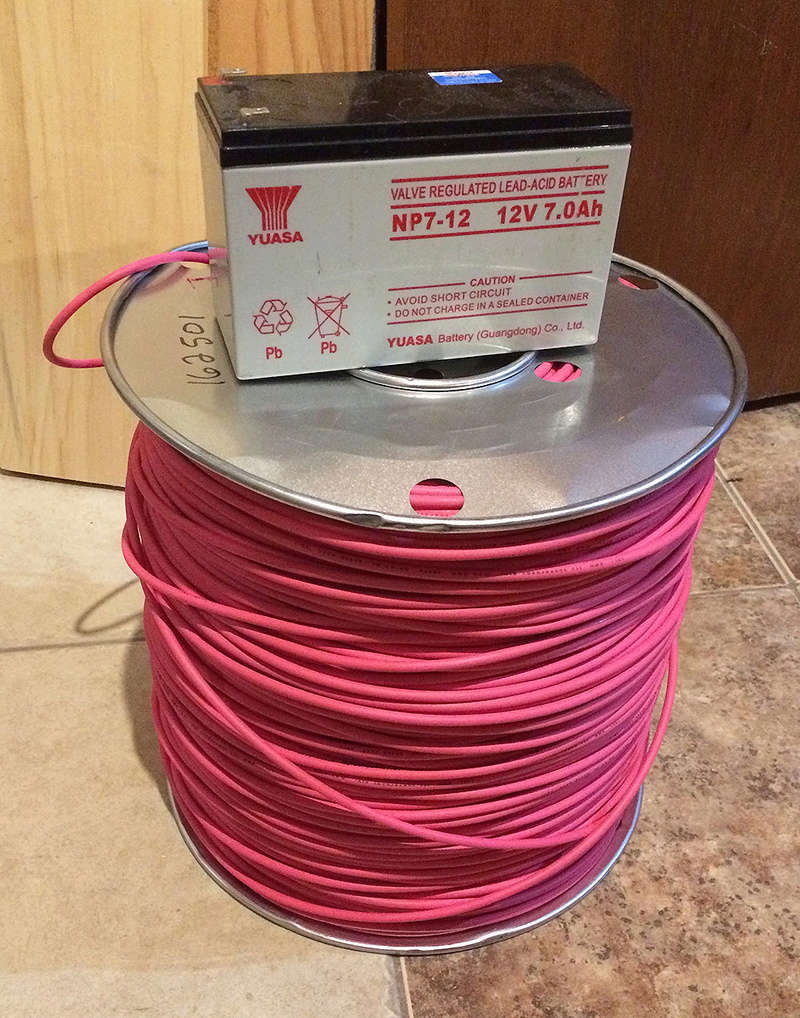

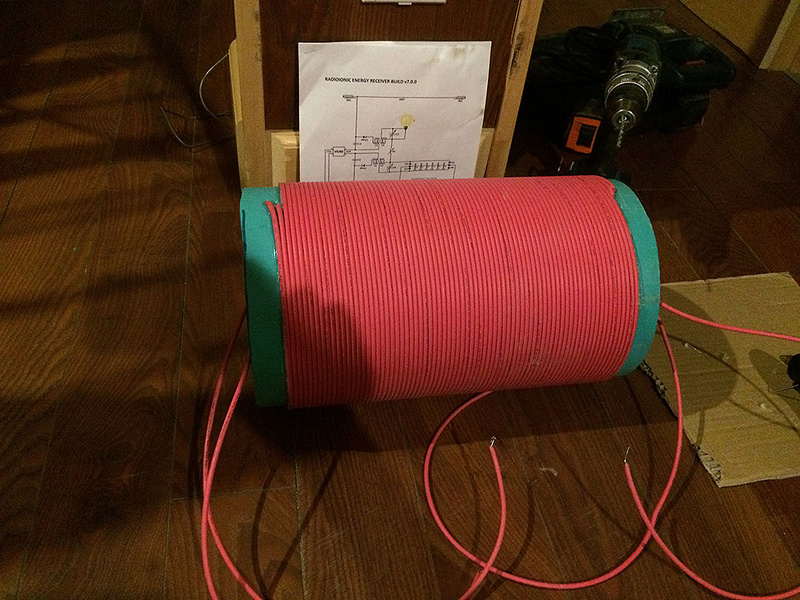

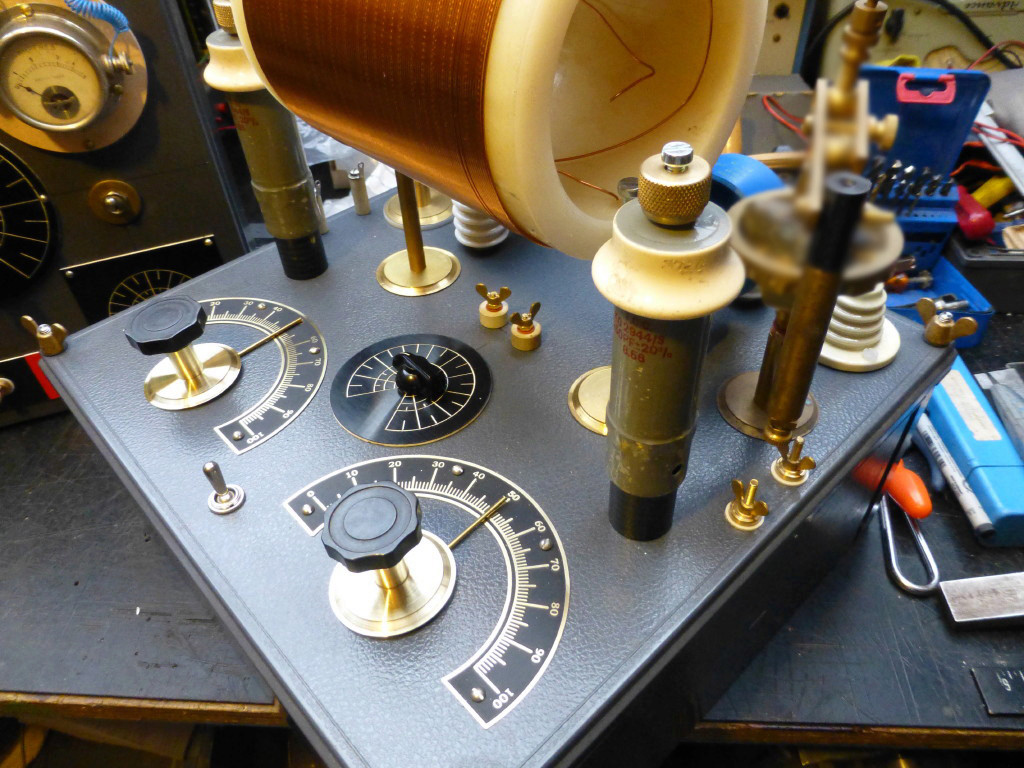
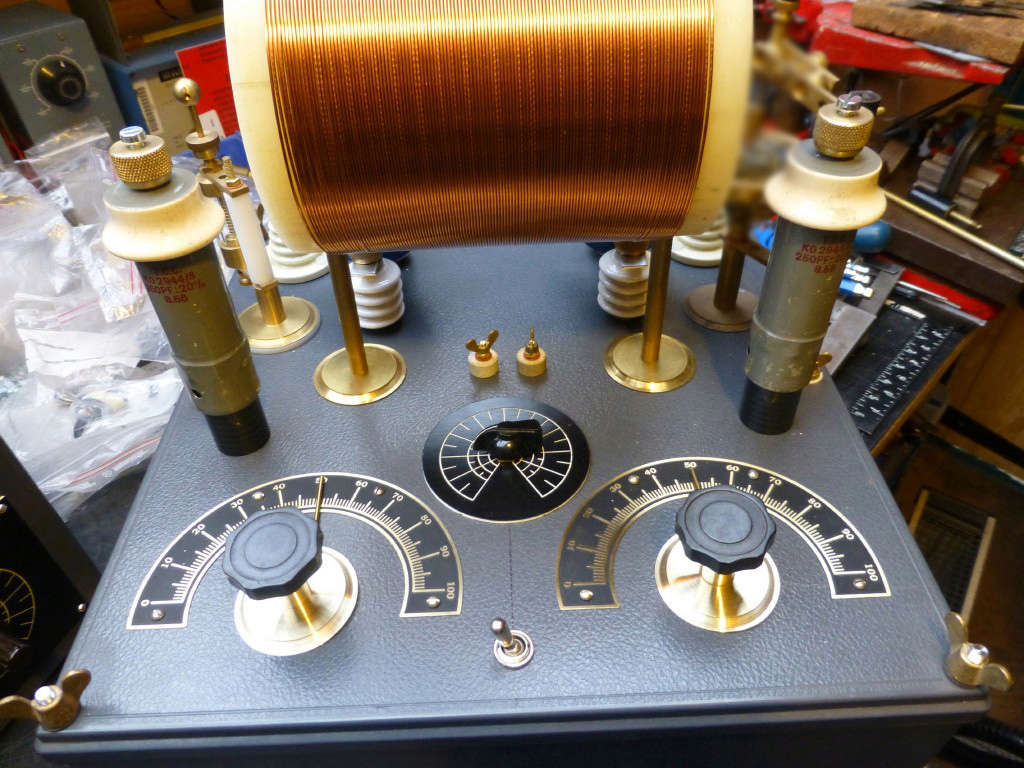

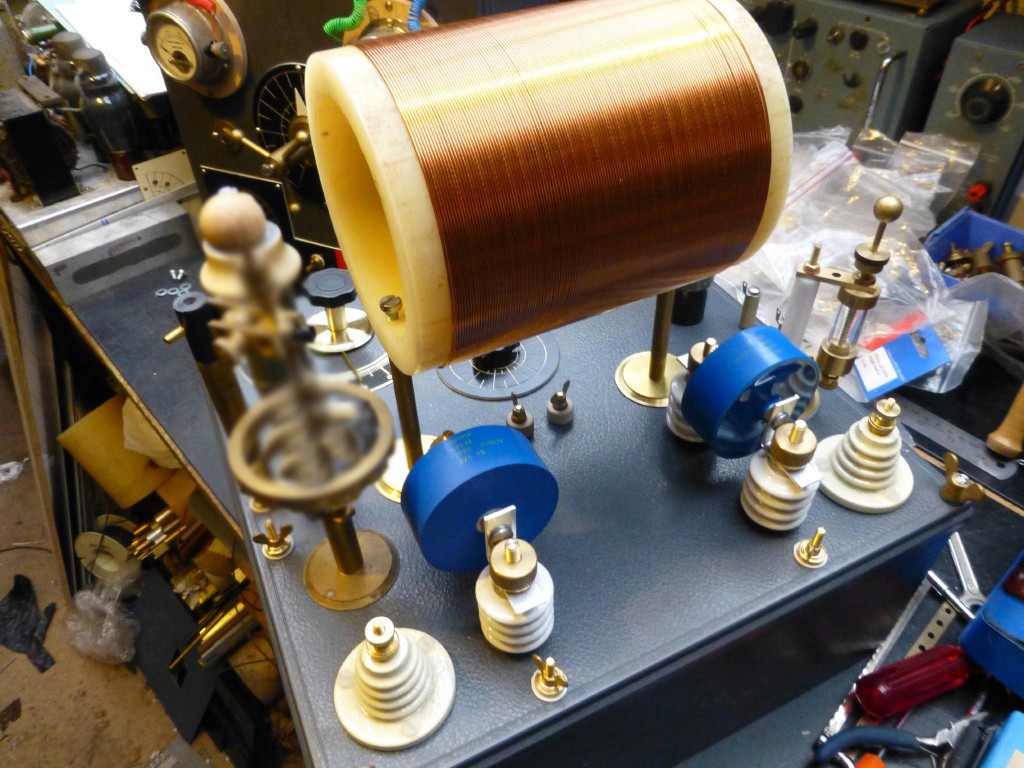
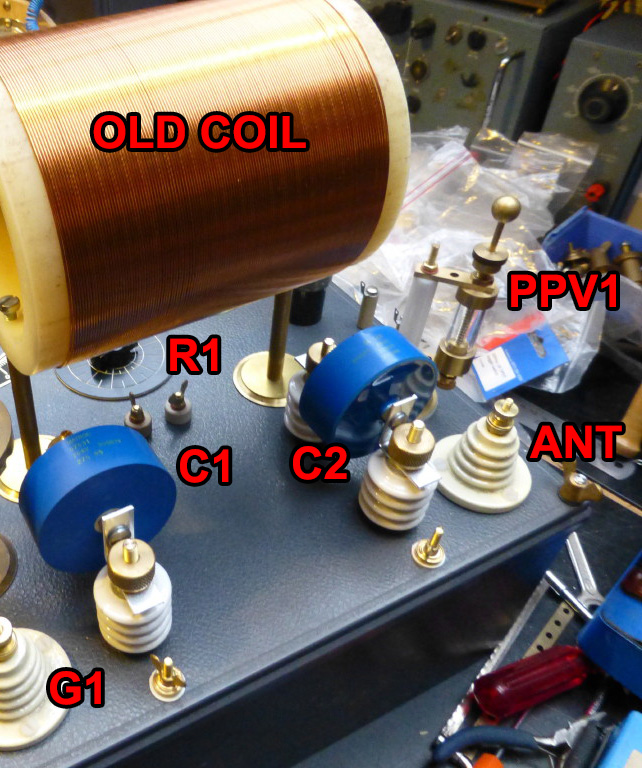
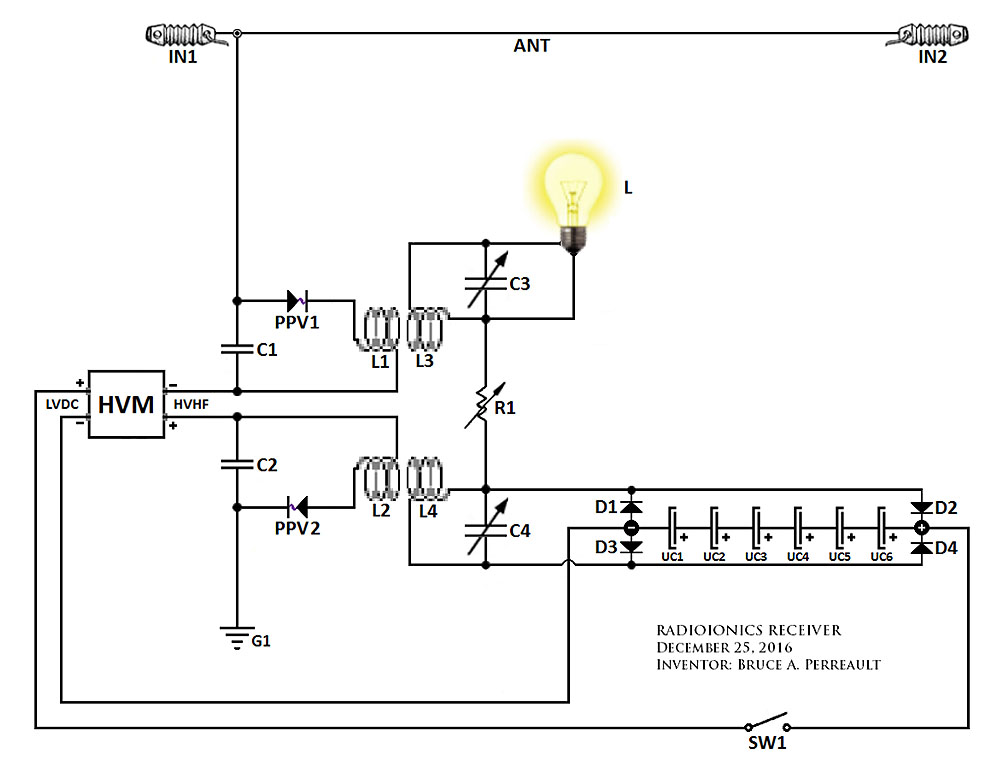




Comment